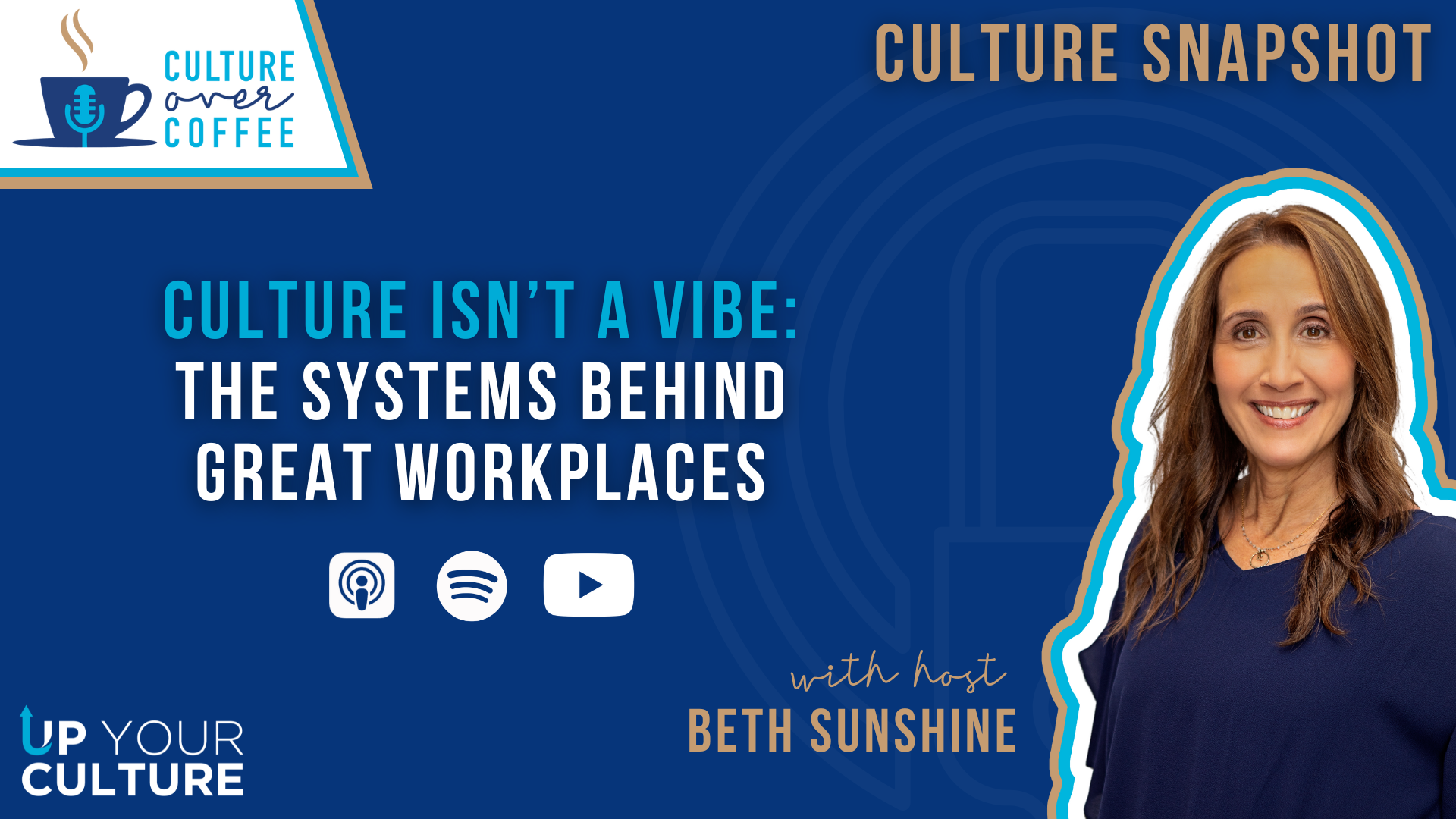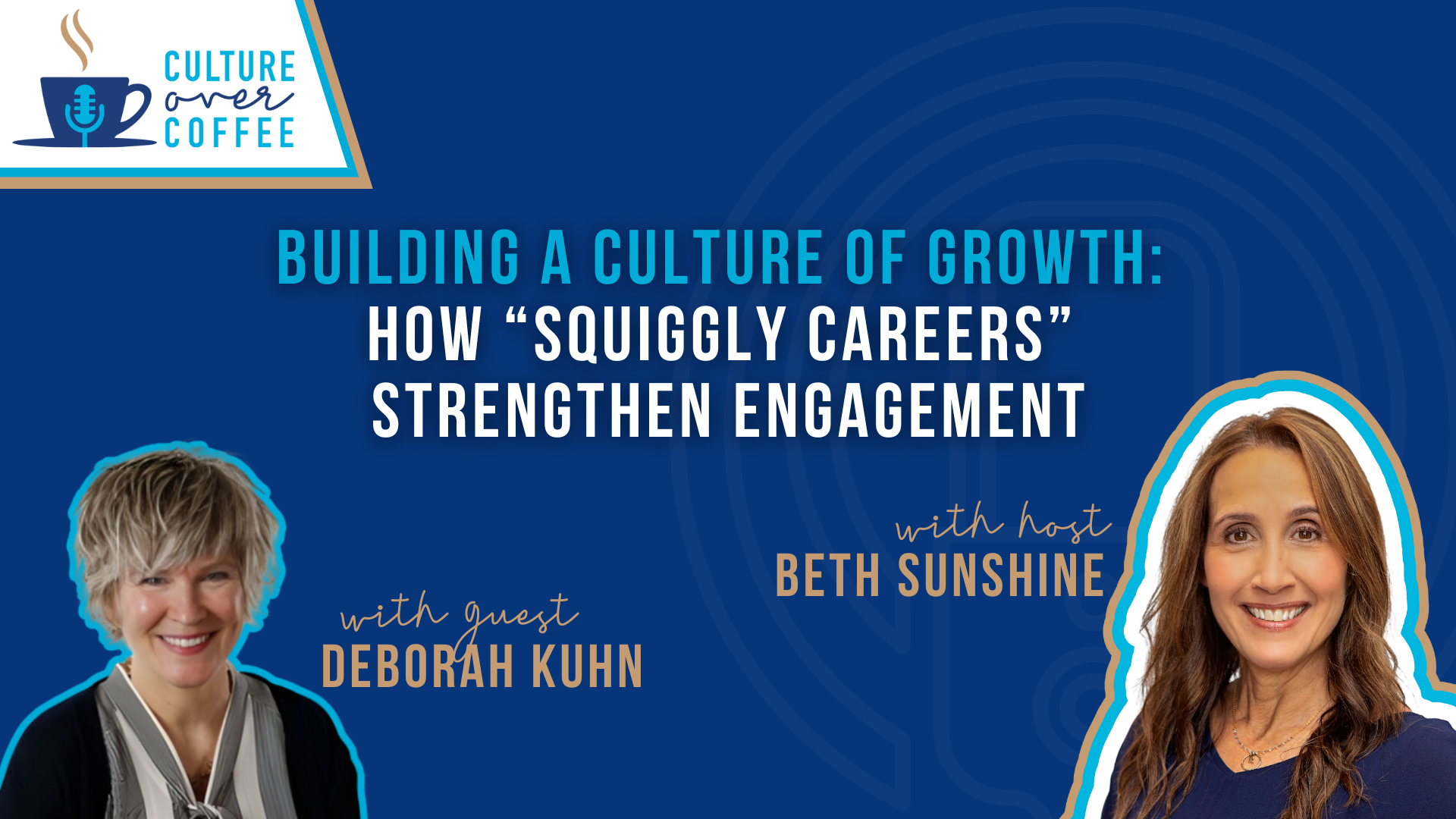
It’s kind of impossible to believe that we’re four years on from 2020, right? Isn’t it strange how that topsy-turvy, chaotic year feels like it could have been a year ago and a decade ago at the same time?
Of course, our sense of time is one of an infinite number of ways in which our lives were upended overnight due to the pandemic. Another significant shift that nearly all of us can relate to is how we work.
Do you remember how unmooring that felt? Companies had no choice but to scramble, adapting to a virtual landscape in the blink of an eye.
Who didn’t find themselves asking questions like: “Wait, why won’t my camera turn on?” and “Can you hear me?” or “Why am I a cat now? No, for real, how do I stop being a cat?”
Four years later, we may have become more proficient at using many of the virtual tools needed to complete our duties, but there’s no question about it: many are still grappling with the fallout when it comes to the realm of company culture.
Let’s take a look at some ways to view the current landscape of workplace culture now that the pandemic is even further in our rearview mirror.
Many Companies Want to Return to In-Office Work. Employees Don't.
There's no denying the appeal of pre-pandemic norms for employers. In-person collaboration, spontaneous brainstorming, and the water cooler chat all hold a certain nostalgic charm.
However, forcing a blanket return to the office ignores the reality that virtual work has demonstrably boosted productivity and employee satisfaction for many.
Instead of clinging to a reality that no longer exists, companies must embrace what employees clearly crave: flexibility. Hybrid models are by far the most popular choice among the workforce for that very reason.
With hybrid work, employees have found they can more organically fold work into their personal lives. Think of this more as a “work/life blend” than a “work/life balance.”
But, of course, true flexibility goes beyond location. Consider asynchronous work styles, flexible hours, and trust-based performance evaluations that value productivity over old-school “presenteeism.”
If You Bring People Back to the Office, Bring Them Back with a Purpose.
If companies insist on in-office work, it can't simply be about trying to replicate the past.
Companies forcing employees back to the office without a clear value proposition risk resentment, burnout, and even talent loss. Instead, they need to focus on creating a compelling reason for employees to come in. This could involve:
- Purpose-driven projects: Bring teams together for specific collaborative tasks, brainstorming sessions, or strategic planning that truly benefit from in-person interaction.
- Building social connections: Organize team-building activities, social events, or knowledge-sharing sessions that foster camaraderie and belonging.
- Investing in the workspace: Create a vibrant, flexible office environment that offers dedicated spaces for focused work, collaboration, and relaxation.
In short? Make the office a destination, not an obligation.
It's Not Where You Work, But How You Work.
Ultimately, the future of work isn't about physical location but about effective work models.
Companies need to focus on how work gets done, not where.
Instead of focusing on the perceived advantages of in-office work of the past, embrace the infinite potential of the hybrid work employees are already enjoying.
Invest in collaboration platforms, asynchronous communication tools, and training for remote management.
Above all, trust your employees to be productive, regardless of their physical location.
The Future
Here's the bottom line: The future of work is hybrid, flexible, and human-centric.
Post-pandemic work culture isn't a return to the old ways, nor is it a one-size-fits-all remote utopia. It's a hybrid landscape where flexibility reigns supreme, purpose guides in-person interactions, and effective communication bridges physical divides.
By embracing these shifts, companies can create a thriving work environment that attracts and retains top talent in the ever-evolving world of work.










Leave a Comment